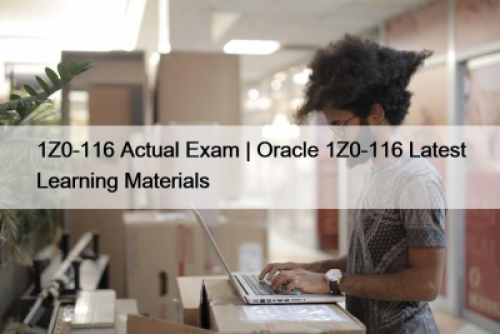The International Energy Agency (IEA) forecasts that the global stock of battery electric vehicles (BEVs) (cars) and plug-in hybrid electric vehicles (PHEVs) (cars) will increase from 6,850,327 in 2020 to 79,975,992 by 2030 and 3,346,713 in 2020 to 44,355,904 by 2030, respectively. The soaring number of electric vehicles (EVs), due to the mounting environmental concerns, will create a huge requirement for lithium-ion (Li-ion) batteries, owing to which, the consumption of anode material will escalate rapidly in the coming years.
Moreover, the reducing cost of anode materials will also propel the anode material for automotive lithium-ion battery market at a CAGR of 5.7% during 2020–2030. The market revenue stood at $707.2 million in 2019 and it is projected to reach $1,348.6 million by 2030. As anode material accounts for around 10–18% of the manufacturing cost of a Li-ion battery, the decline in the prices of these batteries is causing a sharp reduction in the overall costs of EVs. Cost reduction of such material is aimed at supplementing the energy density of Li-ion batteries.
At present, the surging focus of original equipment manufacturers (OEMs) on developing anode materials with different silicon concentrations are enhancing the energy efficiency of Li-ion batteries. Nowadays, OEMs and academic institutions are heavily investing in research and development (R&D) projects to develop batteries with high power density, excellent performance, long life, low cost, and environment-friendly nature. Additionally, OEMs are forming joint ventures with research institutions to develop energy-efficient anode materials that do not exhibit expansion problems in Li-ion batteries.
Currently, Nippon Carbon Co. Ltd., JFE Chemical Corporation, NEXEON Ltd., Bertree New Materials Group Co. Ltd., Ningbo Shanshan Co. Ltd., XG Sciences Inc., Targray Technology International Inc., and Jiangxi Zichen Technology Co. Ltd. are offering natural graphite, artificial graphite, silicon compound, amorphous carbon, and lithium–titanium oxide (LTO). Nowadays, artificial graphite is being preferred over other anode materials as they offer enhanced energy density, increased power output, and better recycling performance. Besides, the low cost of this anode material is also boosting its adoption by battery manufacturers.
Therefore, the booming EV demand and soaring investments being made by OEMs in the EV industry will fuel the adoption of anode material by automotive Li-ion battery manufacturers.
Read More: https://www.psmarketresearch.com/market-analysis/anode-material-automotive-lithium-ion-battery-market
Rahul's public profile
Post a new article.
Sign in or create a new account to get started. 100% FREE.












 APP FOR VEGAS 11 BETS
APP FOR VEGAS 11 BETS



